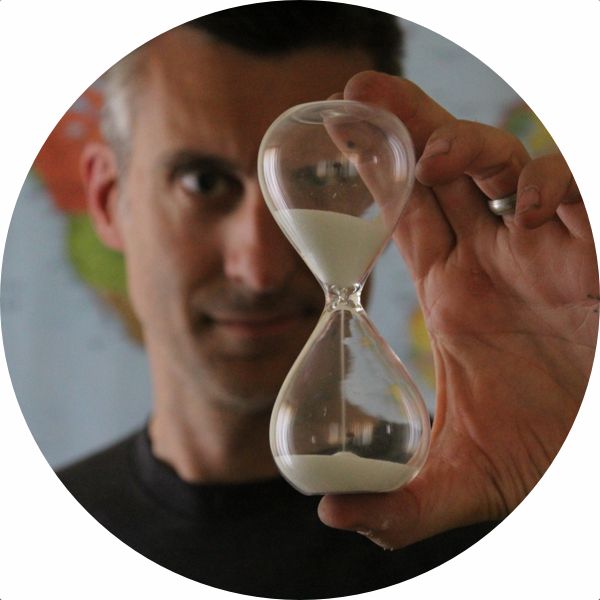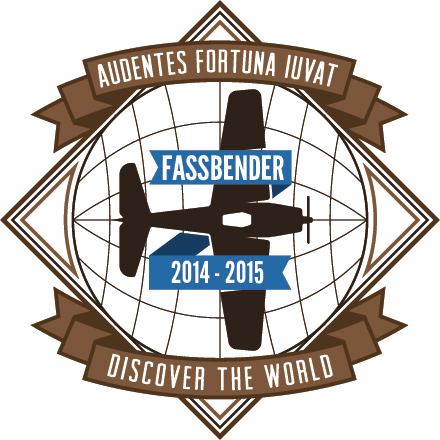Wednesday, 3-12-2014. Day 105.
Memorials, Museums, and Light Shows
After we got back from a flawed trip to Kyoto, we called a taxi company to arrange for a ride to the train station in the morning so we could catch our bullet train to Hiroshima. They had an English language phone number, so we called that, but it just rang. So we called the regular number and the lady who answered told us she couldn’t make a reservation and we had to call the English number in the morning.
So we went to bed.
We woke in the morning and called the taxi company’s English language number. The lady on the other end of the line told us they didn’t have any taxis available and that we should have called last night. Ha ha.
Then she told us we could reserve one anyway and it might be ready for us. Although this sounded dubious at best, we reserved one for 10:30 a.m. and got to packing our luggage.
We were downstairs with our bags ready to go at 10:25. While we waited, I thought I’d give this Wonda vending machine coffee a try. I don’t recommend this.
Don't drink this.
We weren’t 100 percent sure this taxi was even going to arrive, so after I finished my coffee and our taxi hadn't arrived by 10:45 a.m. (our agreed upon bail-out time), we walked down the block and caught a passing taxi straight away that took us right to the Osaka Station.
Can’t Get There from Here
So here’s something interesting. You can’t get to Hiroshima from Osaka station. However, you can get there from Shin-Osaka station. But Shin-Osaka station is not the same thing as Osaka station (although it is a stop down the line). We figured all this out just in time to catch the JR train to Shin-Osaka station, and made it to the platform there a few minutes before our train to Hiroshima pulled up.
These trains are really clean, and before we could get on, they spent a little time making sure it was spotless. During this process, all the seats rotated to face the opposite direction. It was a cool thing to see.
Hiroshima!
After a quick ride, we arrived at Hiroshima, where upon exiting the station, we found an interesting fountain.
It was early afternoon, and we debated catching a taxi to our hostel. Are there even taxis in Hiroshima?
Instead of a taxi, though, we saved a little money and jumped onto street car No. 1 (which had heated seats ... so civilized) that, for ¥540, took us almost to the doorstep of the hostel we were staying at. We couldn’t check in until after 4:00 p.m., so we did a little historical sight-seeing.
Fukiro-machi Elementary School Peace Museum
Our first stop was the Fukiro-machi Elementary School Peace Museum. After the atomic bomb was dropped on the city on August 6, 1945, this reinforced concrete building, although just a bombed-out shell, was one of the only structures standing within a mile of ground zero.
It was quickly set up as a relief station and many of its fire-blackened walls were used as message boards. Some of those were photographed on October 1945 and are preserved and/or reproduced on-site at this museum, which is housed in what was the basement of the damaged school building.
Peace Memorial Park
From the school, we took a short walk through the city to an area that was once a barren, post-boming field but is now where the Peace Memorial Park stands today. A number of notable memorials can be found in the park.
The keystone of the park is a concrete arch near the center of the park that covers the Memorial Cenotaph that holds all the names of the people killed by the atomic bomb. The structure is designed to frame the Peace Flame, which is found at the end of an adjoining reflecting pool and has burned non-stop since it was ignited in 1964 (and will remain lit until all nuclear bombs on Earth are destroyed), and the distant A-Bomb Dome (more on that later).
Hiroshima Peace Memorial Museum
We toured the Hiroshima Peace Memorial Museum. It has many different exhibits illustrating the horrors of the atomic bomb.
On display are artifacts testament to this, including everyday items like clothing and other personal items carried by victims, melted and fused building materials, damage and destruction to buildings, and a while section about the effects of radiation on the human body.
One of the most haunting displays was only a shadow — the radiation shadow of a human that was found on the steps of a bank. To this day it’s not known who this person was.
It was a very emotional experience.
Sadako Sasaki and Her Thousand Paper Cranes
One of the last exhibits in the museum is about the story of a young girl named Sadako Sasaki. She was only two when the bomb hit the city, and, despite being blown through a window, survived the blast.
Nine years later, though, she developed leukemia and eventually succumbed to the disease — but not before folding a great many paper cranes (the number varies from story to story, but legend has it that anyone who folds 1000 paper cranes will be granted a wish). Her story is moralized in the book, Sadako and the Thousand Paper Cranes and her fight is immortalized in the nearby Children’s Peace Monument.
Children's Peace Monument
After touring the museum and learning about Sadako's story, we walked over to the Children's Peace Monument, which commemorates Sadako Sasaki and the thousands of children who lost their lives as a result of the bombing. The monument, which features an image of Sadako with a folded crane on top, was the result of a fund-raising campaign and was unveiled in 1958.
Aside from the monument itself, one of the most notable things about the park are the thousands (literally) of colorful paper cranes on display. Something like ten million cranes are sent here from all over the world every year. You can fold your own paper cranes and send them to the memorial.
A-bomb Dome
From the Children's Peace Museum we walked through the park and over the Aioi Bridge (the aiming point for the atomic bomb) to see the Hiroshima Peace Memorial also known as the Genbaku Dome or simply, the A-bomb Dome, also a UNESCO World Heritage Site.
Formerly the Hiroshima Prefectural Commercial Exhibition Hall (and a few other names), this stone building, constructed in 1915, was the only structure left standing near the hypocenter (the bomb detonated 600 meters above and 160 meters southwest of the dome). It stands today as a symbol of peace.
Back to the Hostel
Our self-tour of the Peace Memorial Park was done, and the sun had gone down, so we headed back to check in to our room at the hostel and tried our first Hiroshima-style okonomiyaki (a Japanese savory pancake) as an appetizer before heading out for a tour of Hiroshima Dreamination, a holiday-themed light show along Peace Boulevard, and our real dinner at Tsukunejima.
Notable Statistics:
UNESCO World Heritage Sites visited: 1 (8 cumulative)
Trains ridden: 1
Street cars ridden: 1
Pancakes eaten: 1

Tom Fassbender is a writer of things with a strong adventurous streak. When not adventuring, he’s been known to enjoy a cup of coffee or two. You can find him at Facebook and Instagram.
This post may include affiliate links which helps to support this site. As an Amazon Associate, we earn commission from qualifying purchases at no extra cost to you.




























